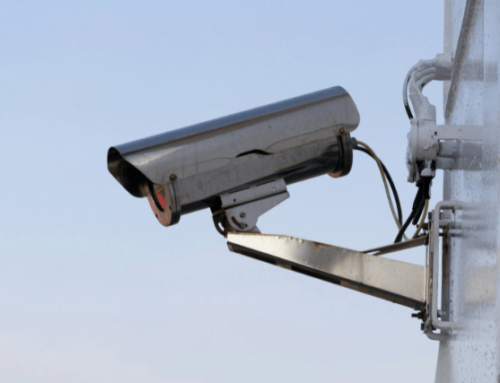Cybersecurity for Multi-Cloud – Check Point
The cloud is now an integral part of many business IT infrastructures and operations. Organizations are now taking the next step by incorporating multiple clouds into their IT infrastructure. Having multiple clouds reduces the risks of downtime by ensuring that your business always has access to additional resources and data storage. Businesses can provide better services to customers and improve IT operations with the use of multiple clouds.
The advantages of multi-cloud are obvious, but there are some potential hidden downsides. When a business adopts more than one cloud, the number of security threats rises exponentially. Protecting multiple cloud environments from external threats is incredibly important to ensuring sustainable business operations and the protection of data.
Cybersecurity For Multi-Cloud
There are certain steps that businesses can take to mitigate the cybersecurity risks associated with multi-cloud. Incorporating even one of these steps can reduce the chances of a successful cybersecurity attack.
Consistency
Multi-cloud IT infrastructures can result in cloud environments with different controls and interfaces. Keeping track of too many unique tools and dashboards across applications and clouds can confuse even the most seasoned IT professional. For example, if there are two cloud providers that are utilized to support the same operations, the security settings should be identical for both environments. If they are different, important safety notifications could easily fall through the cracks and go undetected.
Clear Visibility
Multiple cloud environments could cloud your IT department’s ability to see what is going on throughout the various cloud environments. Any lack of visibility can cause significant issues, as IT staff missing potential cyber threats in the network. Increasing your visibility can help ensure that IT staff understand what is happening across applications, resources, and cloud environments. A single security dashboard application should be utilized to keep track of all multi-cloud environments, virtual networks, and SaaS applications.
Automation
Multi-cloud IT infrastructures are increasingly complex. IT staff may spend hours each day manually performing tasks and activities to ensure proper cybersecurity protocols. Implementing automated systems and processes can help reduce cybersecurity risks. Automating cybersecurity tasks can prevent human error, which is one of the leading causes of cybersecurity breaches. Receiving automated security alerts and updates can enable your team to act quickly whenever there is a potential issue.
Single Identity For Users
Ensuring that a user is who they say they are is a rather difficult task, especially in a multi-cloud environment. Having users remember multiple passwords and logins can potentially open the door for potential hacks. The IT department needs to supply users with the flexibility to navigate through multiple cloud environments and applications easily, all while maintaining a high level of security. Central authentication and pre-authentication systems can help confirm the identity of users.
Multiple clouds can be a huge security risk for organizations. These steps can help businesses incorporate the proper protection across their infrastructure. Businesses can enjoy all of the advantages of multi-cloud infrastructure if they take the appropriate measures to ensure their safety and security.












